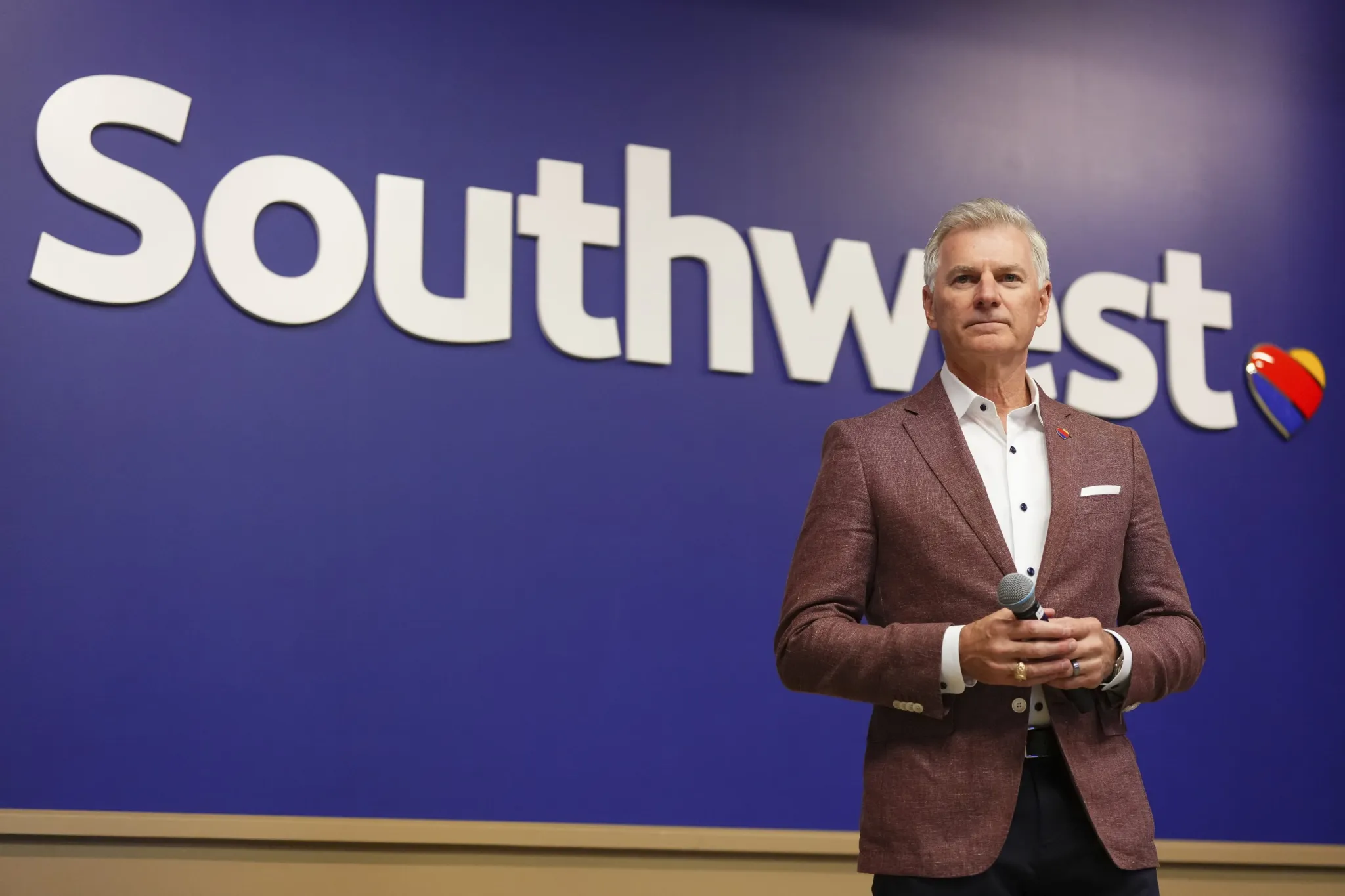It’s college application season, but don’t worry: most schools accept most students—and rates are up
It’s the season when high school seniors are rushing to prepare their college applications before December deadlines, though those seeking early acceptance have already sent theirs in.
But as they stress out over which schools will accept them, students can take some comfort in one trend: overall, it’s gotten easier to get in.
While the most elite schools are still highly selective, the general trend among U.S. colleges recently has been rising acceptance rates, according to a September study from the American Enterprise Institute. That reversed years of lower rates.
While looking at 1,400 public and private nonprofit colleges that grant mostly bachelor’s degrees or higher, AEI senior fellow Preston Cooper found that the median institution lowered its admissions rate by 6 percentage points between 2002 and 2012.
Rates stayed low in the years that followed but started to edge back up by 2019, and the pandemic gave the trend more momentum—eventually completing a total U-turn from two decades earlier.
“By 2022, the median college had increased its admissions rate by 1.4 percentage points since 2002—meaning it’s slightly easier to get into college today than it was around the turn of the century,” Cooper wrote.
The total distribution of schools that became more selective versus those that got less selective was roughly balanced, according to the report.
But even after accounting for those changes, the report showed that the vast majority of schools surveyed still accepted the majority of students.
In fact, 226 schools had a 100% acceptance rate in 2022. The rate was 90%-99% at 303 schools, 80%-90% at 355, 70%-80% at 293, 60%-70% at 209, and 50%-60% at 131.
The upshot is that 87% of colleges let in half or more of applicants in 2022, up from 80% in 2012, according to AEI.
The incoming freshman class can thank the laws of supply and demand for their improved prospects.
Cooper noted that due to changing demographics, the number of college-age students is slowing and will start shrinking. The pandemic also caused more young people to put off college or skip it altogether, while vocational trades that don’t require four-year degrees are becoming more popular.
“While college enrollment surged during the 2010s, giving schools more leeway to reject applicants, the pendulum has now swung back,” he added. “Colleges are competing for a smaller pool of potential students, and as a result, those who do apply enjoy higher odds of admission.”
Increased competition also means that many schools are lowering tuition, and published costs on average are falling after accounting for inflation, Cooper said.
But he warned that the trend of rising acceptance rates may not last as there are high barriers to entry to new schools that could offer lower costs.
Meanwhile, separate data show that college enrollment has plunged due in part to the tight labor market that has seen Americans without degrees secure high-paying jobs.
That means many colleges, especially smaller liberal arts schools that rely more on tuition revenue, have slashed the number of degrees being offer or even shut down completely.
So if the supply of schools continues to fall along with demand for higher education, acceptance rates and tuition could head back up later.




